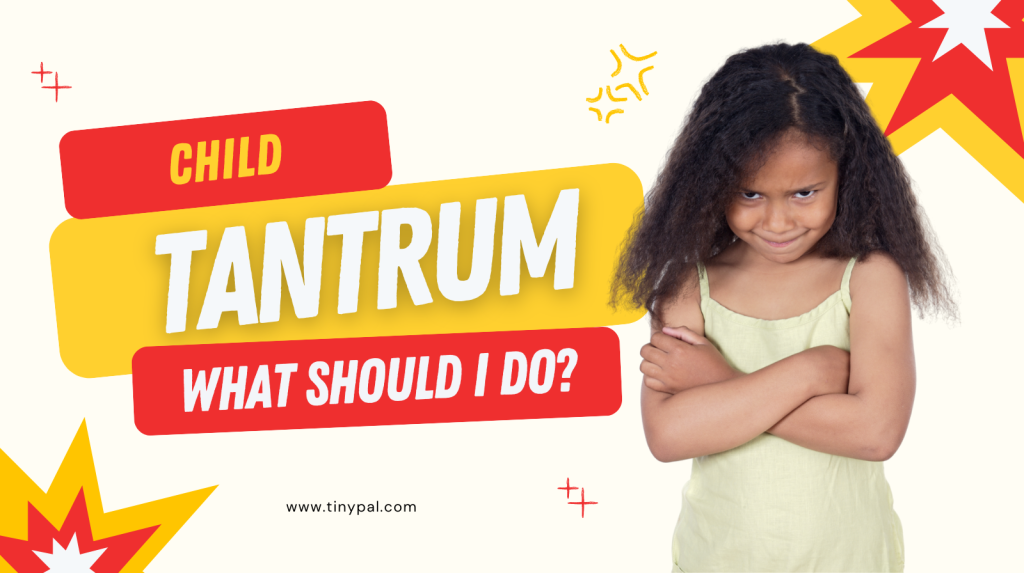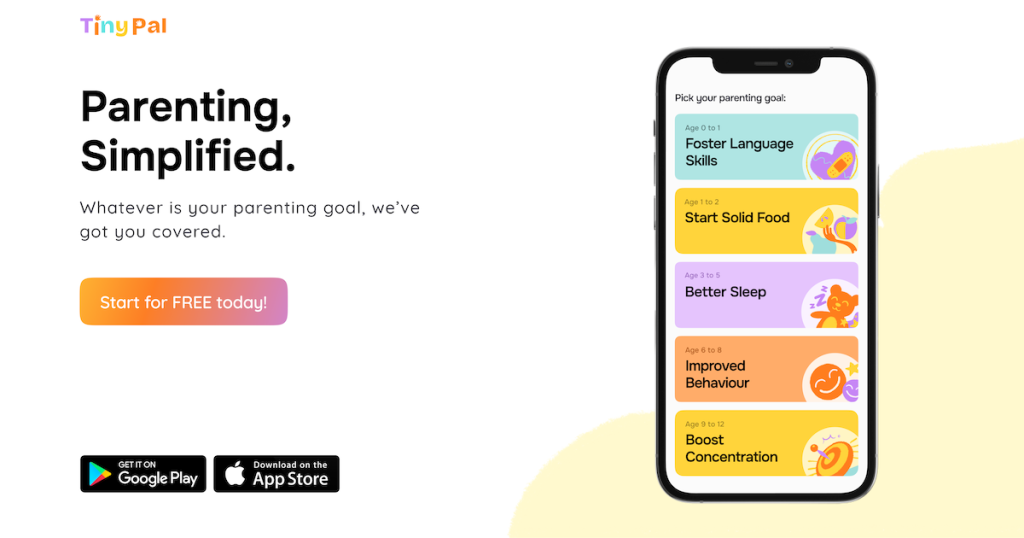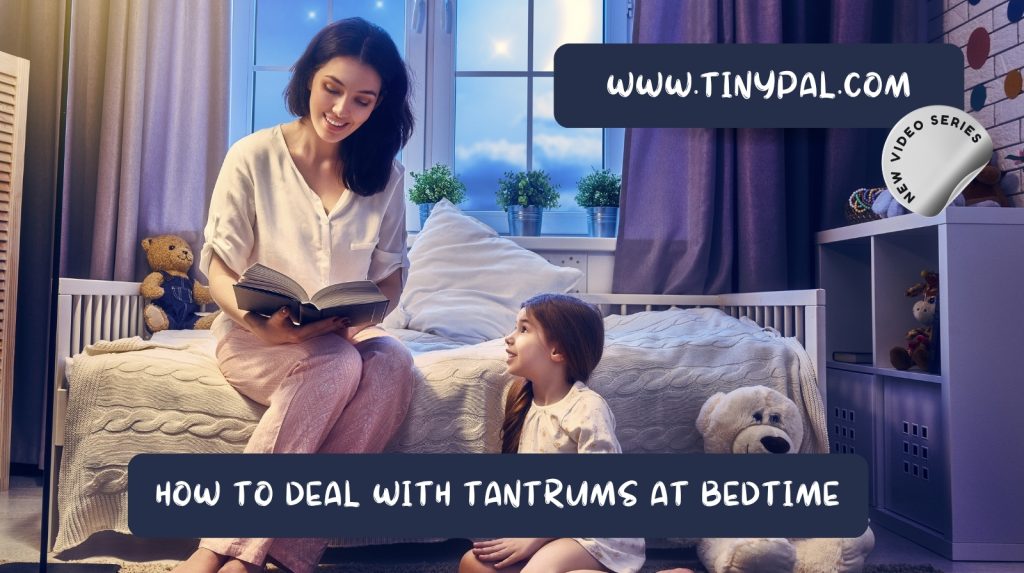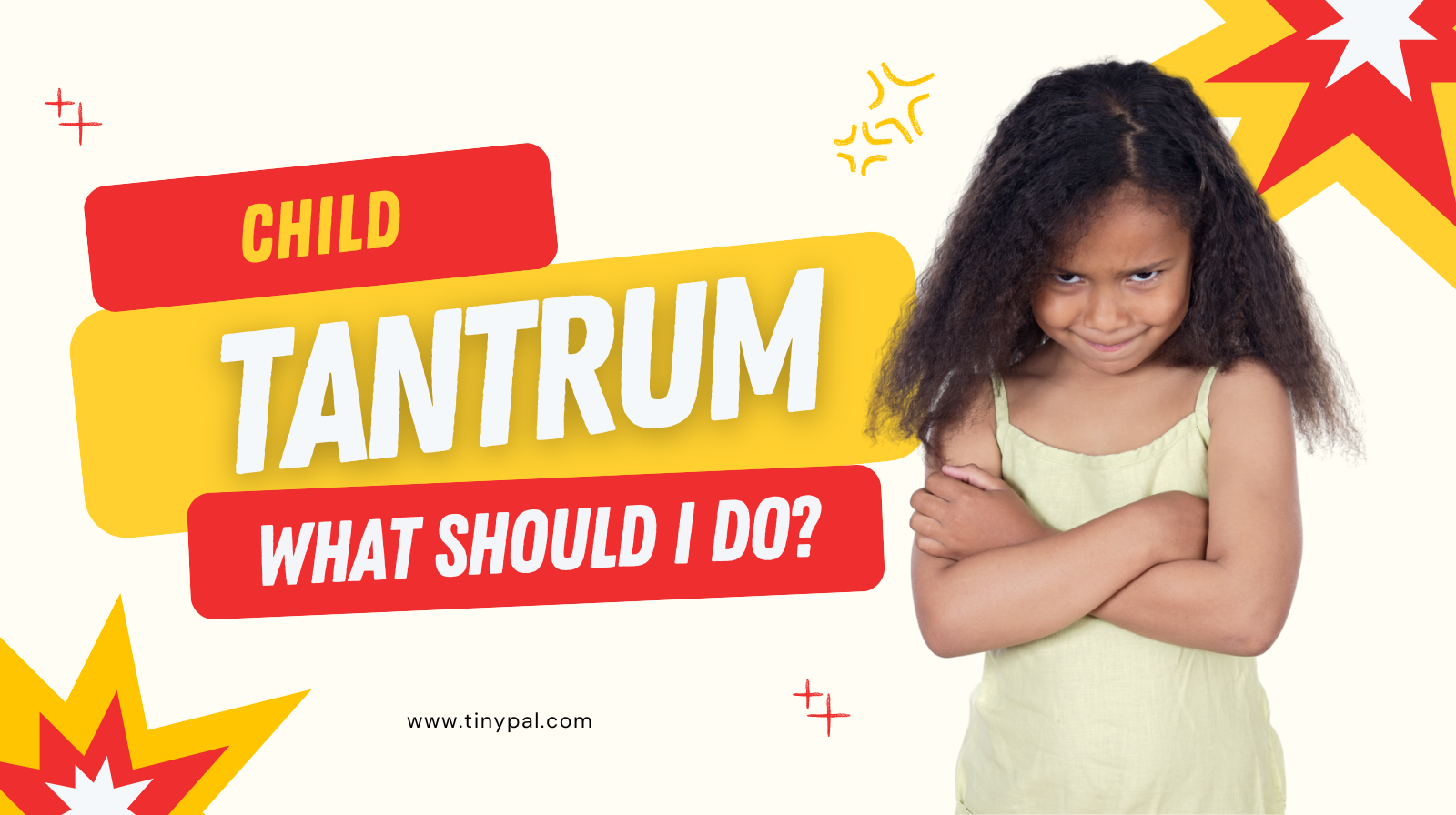How to Prevent Tantrums in Toddlers | Best Parenting Tips
The Truth: You Can’t “Stop” Tantrums — But You Can Prevent 80% of Them
It starts the same way every time.
You say “no” to one more cartoon, and your toddler’s face shifts — eyes squint, lips tremble, the storm brews.
Before you can breathe, there’s crying, kicking, and chaos.
But here’s what most parenting blogs won’t tell you:
Tantrums aren’t random. They’re predictable — and preventable.
Once you understand what causes emotional overload in toddlers, you can intercept it before it turns into a meltdown.
That’s where science, structure, and empathy meet — and where modern tools like TinyPal Parenting App give parents an edge.

Table of Contents
1. Why Toddlers Have Tantrums
Between ages 1 and 4, your child’s brain grows faster than at any other time — but emotional regulation lags behind.
This gap is what causes tantrums.
- The brain’s emotion center (amygdala) develops first — strong feelings.
- The logic center (prefrontal cortex) develops later — weak self-control.
That’s why your toddler can go from calm to crying in five seconds flat.
Tantrums aren’t misbehavior — they’re a neural imbalance in progress.
Understanding that truth instantly makes you a calmer, smarter parent.
2. The “Emotional Threshold” Theory (Toddler Psychology 101)
Every child has a tolerance limit — an invisible emotional tank.
When that tank runs low (from hunger, fatigue, or overstimulation), even small triggers spark a meltdown.
Your goal isn’t to discipline the tantrum.
It’s to keep the tank full — emotionally, physically, and mentally.
That’s the foundation of tantrum prevention.
3. Common Triggers You Can Prevent
Research from the American Academy of Pediatrics (AAP) identifies five consistent tantrum triggers worldwide:
- Fatigue: Tired brains can’t regulate emotions.
- Hunger: Blood sugar drops lead to irritability.
- Overstimulation: Noise, lights, or crowded places overwhelm toddlers.
- Transition Shock: Sudden changes without warning cause panic.
- Power Struggles: Saying “no” without giving choice fuels resistance.
👉 The more predictable your toddler’s environment, the fewer triggers you face.
4. 7 Proven Ways to Prevent Tantrums in Toddlers
These strategies are globally proven — tested by child psychologists, used by families, and optimized by behavioural data from the TinyPal Parenting App.
1. Stick to a Predictable Routine
Toddlers thrive on rhythm.
Wake-up, meals, naps, and bedtime should follow roughly the same pattern daily.
Predictability = safety = fewer tantrums.
2. Give Advance Warnings for Transitions
Before changing activities, say:
“In five minutes, we’ll clean up and go outside.”
This reduces anxiety and prepares their brain for change.

3. Offer Limited Choices (Control Within Limits)
Instead of “Do you want to eat?”, ask:
“Would you like the blue cup or red one?”
This keeps control balanced — they feel independent, you stay in charge.
4. Avoid Overstimulation Before Naps or Outings
Loud music, crowds, or flashing screens can overload sensory systems.
Calm surroundings = calmer behaviour.
5. Feed Before Meltdowns Begin
Snacks are emotional safety nets.
Low blood sugar is a leading tantrum trigger worldwide — prevention starts in the kitchen.
6. Model Emotional Regulation
If you stay calm under stress, your child’s nervous system learns to do the same.
Children mirror your tone more than your words.
7. Use Technology Wisely (With Purpose)
Screen time isn’t the enemy — unstructured use is.
Set screen schedules and replace overstimulation with calm play, stories, or art.
Apps like TinyPal Parenting App help balance this by giving you customizable, expert-approved screen-time and emotion-tracking schedules.
5. Why Timing & Routine Are Everything
Across 12 global studies reviewed by Harvard’s Center on the Developing Child, children with predictable routines had 35% fewer behavioural outbursts.
Routine = Emotional predictability
Predictability = Fewer meltdowns
Every tantrum-prevention system in the world — Montessori, RIE, Positive Discipline — relies on one thing:
Consistency beats correction.
6. How Modern Parenting Apps Help
Modern parenting is data-driven.
Instead of guessing what works, apps like TinyPal Parenting App give you real-time insights:
- Mood pattern tracking: Identify daily meltdown windows.
- Personalized calm routines: Built around your child’s sleep, meals, and play.
- Expert emotional scripts: Learn what to say (and not say) during tough moments.
- Positive reinforcement planner: Keep progress visible.
👉 Download the TinyPal Parenting App and turn your toddler’s tantrum cycle into calm daily rhythm.

Also Read: How to Deal with Tantrums at Bedtime
7. FAQs
Q1. What causes most toddler tantrums?
Fatigue, hunger, overstimulation, and lack of choice are key triggers.
Q2. Can tantrums be completely prevented?
Not 100%, but structure and emotional coaching can reduce them drastically.
Q3. How do routines help?
They create safety through predictability, reducing anxiety-driven meltdowns.
Q4. Is screen time linked to tantrums?
Yes. Excessive, unstructured screen use overstimulates dopamine circuits, making kids more reactive.
Q5. How can TinyPal help prevent tantrums?
It gives personalized routines, emotional insights, and expert guidance to prevent stress buildup before tantrums begin.
Final Thoughts
Preventing tantrums isn’t about perfect parenting — it’s about predictive parenting.
When you understand triggers and manage routines with empathy, tantrums stop being chaos and start being communication.
And in today’s digital world, tools like TinyPal Parenting App amplify your calm, consistency, and confidence — so you can raise emotionally resilient toddlers, one calm day at a time.
👉 Download TinyPal Parenting App — your guide to calmer, happier toddlers worldwide.


1 thought on “How to Prevent Tantrums in Toddlers”